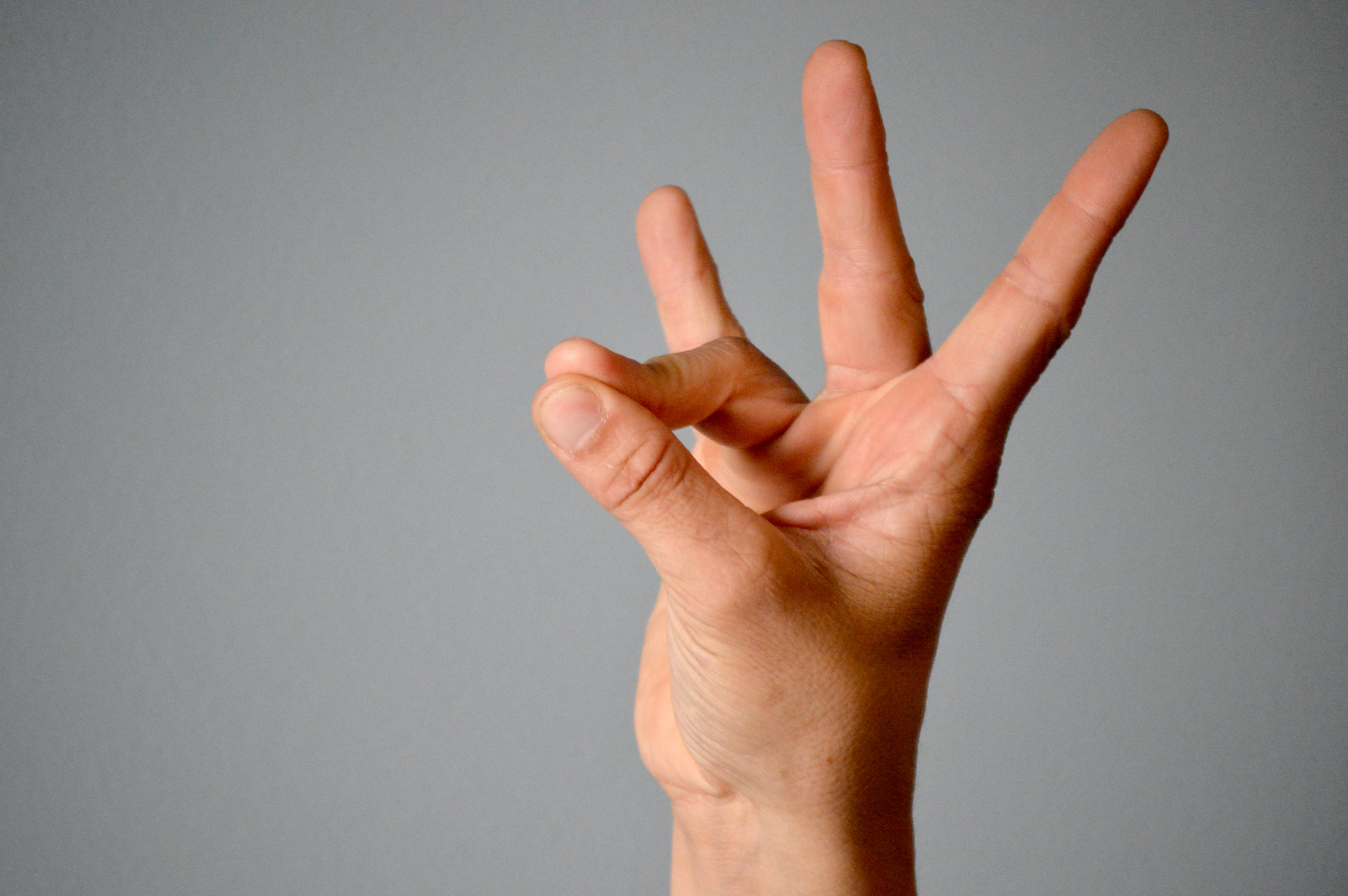This article originally appeared in the February 2020 edition of Senior Scope.
By Cam Bergeron, CSCS
Cam’s Conditioning & Rehab
Have you ever noticed the difference between your right and left hands? Is one side stronger, more coordinated or easier to use than the other?
The reason you have a dominate side is due to the activation of muscle fibers. When you want to use your hands (or most other muscles in the body) your brain sends an electrical impulse down the spinal cord out to the region in order to activate muscle fibers and create a movement pattern.
The more times you complete an activity, the more your muscles become used to the activity. This is called muscle memory.
They also begin to complete the activity with less effort due to the neurological adaptation called muscle fiber recruitment. Have you ever heard the old saying, “If you don’t move it, you lose it”? This is one hundred percent true.
If you do not perform movement patterns regularly, then your brain, in a sense, forgets how to activate all of the muscle fibers needed to complete the action. The more you perform the activity, the more muscle fibers your brain will learn to activate.
When muscle fiber recruitment improves, the movement pattern becomes more fluid and easier to perform. Our dominate side may just be our “better” side due to the fact that we starting using it first and stuck with it.
But what if something happened to your dominate side? How much tougher will this make everyday activities like buttoning your pants or using the restroom? It will probably take a lot longer because you don’t have the same usability in the less dominate hand.
It’s never too late to increase activation of your less dominate side.
The best way is to begin to perform activities of daily living leading with the less dominate hand. Maybe in the morning, you start to brush your teeth with the less dominate side. Start opening doors or opening bottles with your less dominate side. These activities are minuscule, but if done consistently they will help the usability of your other hand.
Finger exercises also yield great results if done regularly. Here are a couple of finger exercises to try that will increase activation.

With the “counting” exercise, you will be extending one finger at a time to build strength. The numbers above correlate with what finger you will be moving during each cycle.
Counting: With this exercise, you will be performing a motion similar to counting with your fingers. While either sitting or standing, with your upper arms alongside your body, bend your elbows so that your hands are at shoulder height. Make a fist with your palms facing forward.
This exercise follows different cycles in which you will lift one finger at a time. When the cycle calls for you to “reset,” make a fist.
Each cycle should be completed with the right hand, the left hand and both hands at once. Perform each cycle five times with your palms facing forward and then five times with palms facing toward you. If you close your eyes, the exercise is even tougher.
Each number corresponds to a specific finger: 1=index finger, 2=middle finger, 3=ring finger, 4=pinky finger, and 5=thumb.
Cycle One: 1, 2, 3, 4, 5, RESET. 5, 4, 3, 2, 1, RESET.
Cycle Two: 5, 4, RESET. 1, 2, RESET. 5, 4, RESET. 1, 2.
Cycle Three: 1, 4, 5, 2, 3, RESET. 1, 4, 5, 2, 3, RESET.

With the “finger press” exercise, you will be pressing each finger against your thumb as hard as you can for 5-10 seconds.
Finger Presses: The starting position is similar to the counting exercise, but you will begin with your fingers fully extended.
Start off by pushing your thumb and index finger together for 5-10 seconds as hard as you can, release and fully extend your hands. Then push your middle finger and thumb together, and release. Then press your ring finger and thumb together, and release. Finish up with the pinky finger and thumb, and release.
Now go the opposite way, starting at the pinky and ending with the index finger.
Index-to-pinky, then pinky-to-index is one repetition. You should do 10 repetitions with just the left hand, just the right hand and finish with both hands. If you close your eyes, the activity is even tougher.


Recent Comments